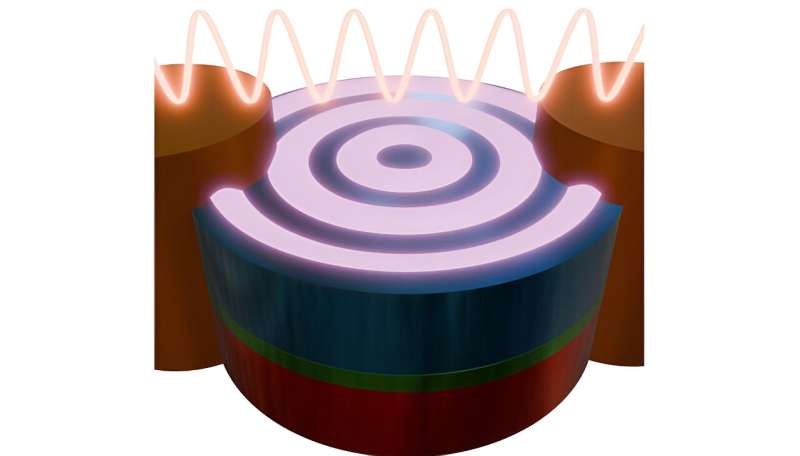Researchers have discovered a groundbreaking technique to generate and control spin waves using alternating currents, opening new possibilities for energy-efficient and reprogrammable computing systems.

The Challenge of Miniaturization
Our laptops, desktops, and smartphones currently use central processing units (CPUs) that depend on billions of CMOS-based transistors. However, if demand for smaller and better energy-efficient devices continues to increase, researchers may end up with several physical bottlenecks that threaten the approach’s sustainability.
A spin wave, a collective excitation of spins in certain materials (technically called magnons), can carry angular momentum over long distances. Spin waves are more environmentally friendly computing technology than current practices — it is based on transferring not electric charges (electrons), but energy and information as a quantum of spin wave with little losses.
A Game-Changing Solution
In an article published recently in the journal Science Advances, researchers from the University of Vienna and the research companies CEITEC in Brno and CREOL in Orlando have presented a new method for generating axially symmetric magnon wave functions.
The central innovation is the admittance of a lateral-alternating-current configuration in synthetic ferrimagnetic vortex pairs. The researchers were able to demonstrate spin-wave launch with efficiency orders and orders of magnitude higher than what a conventional method could ever reach by simply passing the electric current through swirling magnetization patterns in a magnetic stack.
This is a huge advancement over the conventional nanoantennas that require expensive clean rooms to be fabricated and demonstrate poor efficiency. The new approach provides a dramatically easier and more efficient solution that could lead to the development of compact, energy-efficient computing devices.
Conclusion
Being able to switch the direction of spin waves as needed would enable new designs for reconfigurable magnonic circuits and could lead to computationally more versatile, less energy-consuming technology. The result is a significant step forward in the search for new magnon-generating methods, which could lead to the next generation of magnon-based devices: think computing that’s smaller, more efficient, and incredibly flexible.
